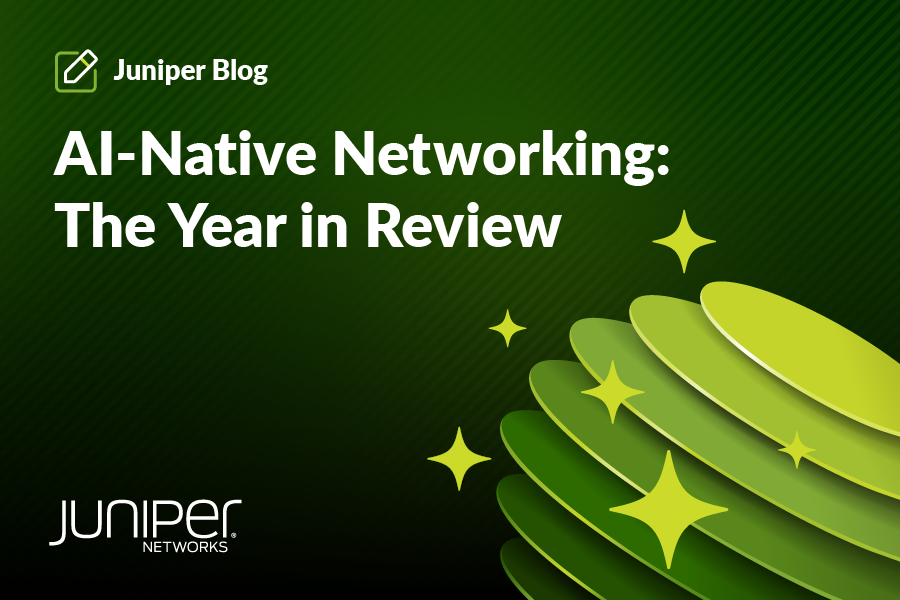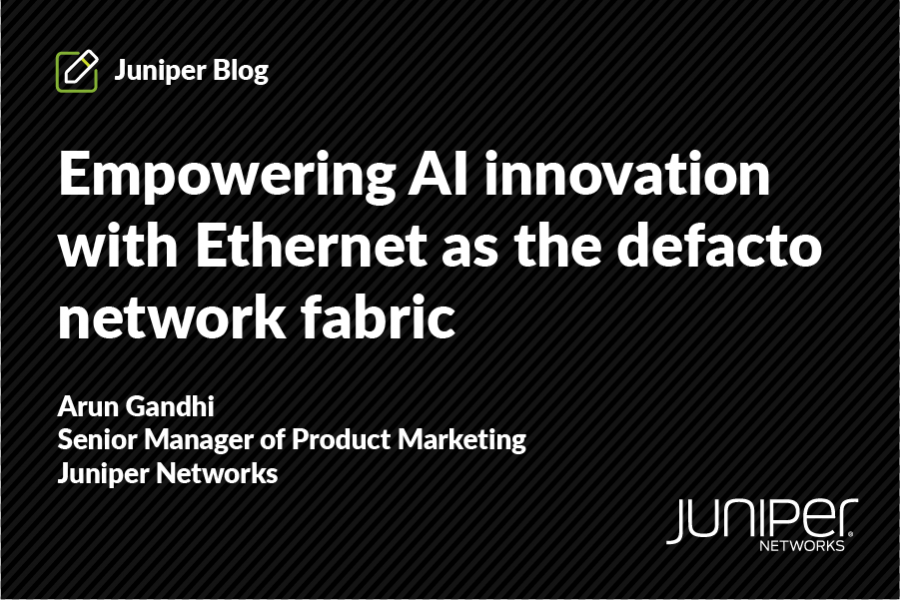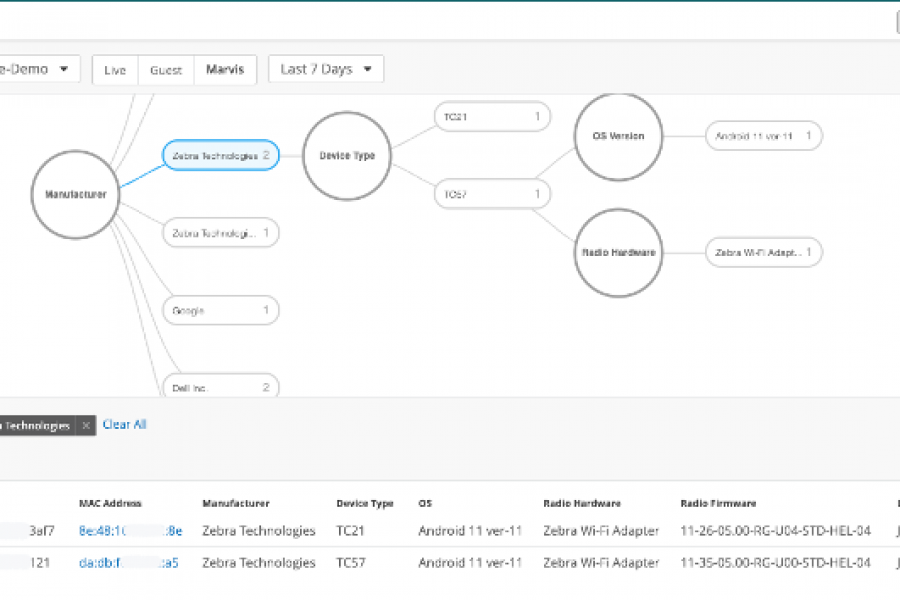Before I started Mist, I was talking to some very large retail customers who said, “Bob, before I put any business-critical app onto this network, you have to assure me that your controllers are not going to crash. That you can release code more than once or twice a year. And most importantly, you have to make sure that when users connect, they’re going to have a great experience.”
I realized the paradigm was shifting from just helping customers manage the network elements to helping them elevate the user experience. The opportunity for cloud AI was clear.
That’s when I made the decision to leave Cisco and start with a clean sheet of paper. Building an AI-native network was going to require a real-time foundational cloud solution that could process data in real time, which I wasn’t going to get with a legacy system. Plus, putting the software on the cloud meant you would need to build a microservices software architecture, which also required starting from that blank slate.
The difference between AI-native and AI-driven
I’ve spent a lot of time contemplating the difference between AI-native and AI-driven, and here’s my perspective. Essentially, AI-native means that it’s built on a foundation built for real-time, cloud AI performance, with AI being a part of the overall equation from the ground up. AI-driven is basically taking that foundation and then delivering an AI-driven experience.
At Juniper, we recently launched the industry’s first AI-Native Networking Platform, with Mist AI at its foundation. Trained on nine years of reinforced learning, this platform delivers the right data, the right real-time responses, and the right secure infrastructure. And perhaps most importantly, Juniper’s AI-Native Network is focused on elevating the experience of both the end user and the network operator, assuring that every connection is reliable, measurable, and secure for every device, user, application, and asset.
Juniper also offers the only AI-Native Platform with a common microservices cloud. You can’t simply take software on your controller and move it to a container or cloud, that doesn’t do anything to improve software and network reliability. But when we move to these cloud architectures, we’re moving to a microservices architecture that we can basically download and release every other week, which brings with it the speed of innovation.
New AI additions for your network
We also just announced two new enhancements to Marvis. First, Marvis Minis are a true game changer that act as digital twins to bring proactive network insights to Marvis even when there are no users on your network. This allows you to identify and resolve any potential network issues before they impact the end-user experience. They are essentially synthetic users that are constantly on your network, making sure your network is ready for prime time..
Second, we’ve been on a mission to extend Cloud AI and Marvis across the enterprise portfolio — wireless, switch, and route. Now we’re extending Marvis to different solutions, including campus branch and data center. This is especially important for customers that run business-critical apps, like for point-of-sale or boarding pass functionality, out of their private data center. When those apps go down, IT needs to quickly figure out whether it’s a campus and branch problem or if it’s a data center problem.
All of this has a big impact on IT teams. When you look at how IT departments have evolved over the last 20 years, we’ve moved from an era of CLI to dashboards and now virtual assistance, LLM, and chat GPT. Moving forward, LLM and conversational interfaces will help IT team members interact with their networks in a much more natural way, which makes them more efficient and effective.
It’s exciting to see Juniper harnessing the power of AI to help IT enterprises find those needle-in-the-haystack problems. But you want to know what’s even more exciting? Juniper’s virtual event, AI-Native NOW, which is now on demand.
We’ve put together an amazing lineup of Juniper AI experts, industry-leading customers, and a not-to-be-missed keynote address by a true AI luminary, Emmet Schear. It will also be your chance to join us for a deep dive into the how, what, and why of our recently introduced AI-Native Networking Platform, featuring a wide range of demos.



